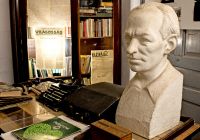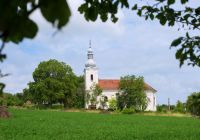|
Carved wooden gates
VEIT STOSS masterpiece in Eremitu
Franciscan monastery and church
Kacsó Sándor memorial house
Roman catholic church
Ethnographic collection
Protestant church, 14th century
Protestant church and bell steeple
Unitarian church
Protestant church, Bethlen crypt
|












































